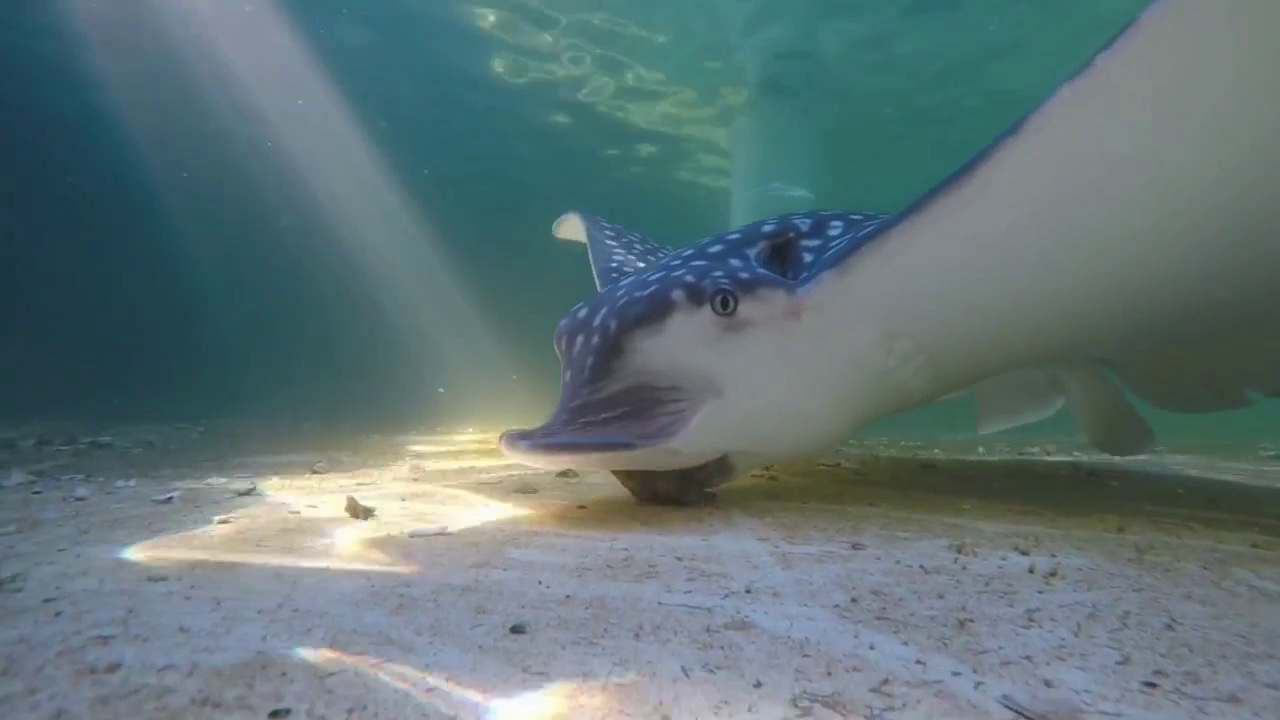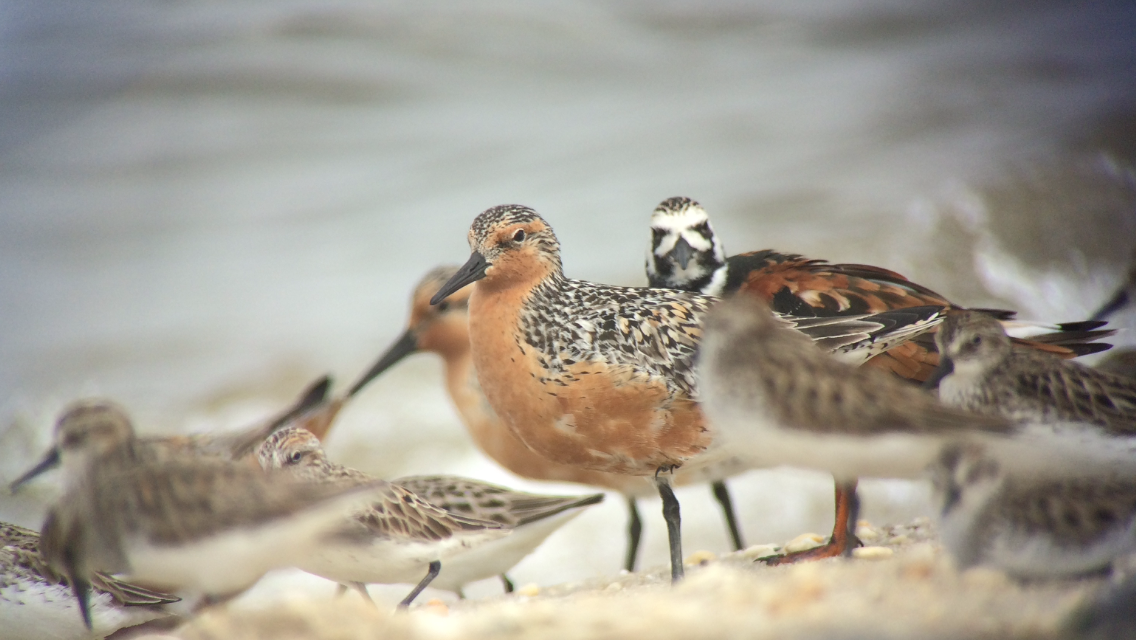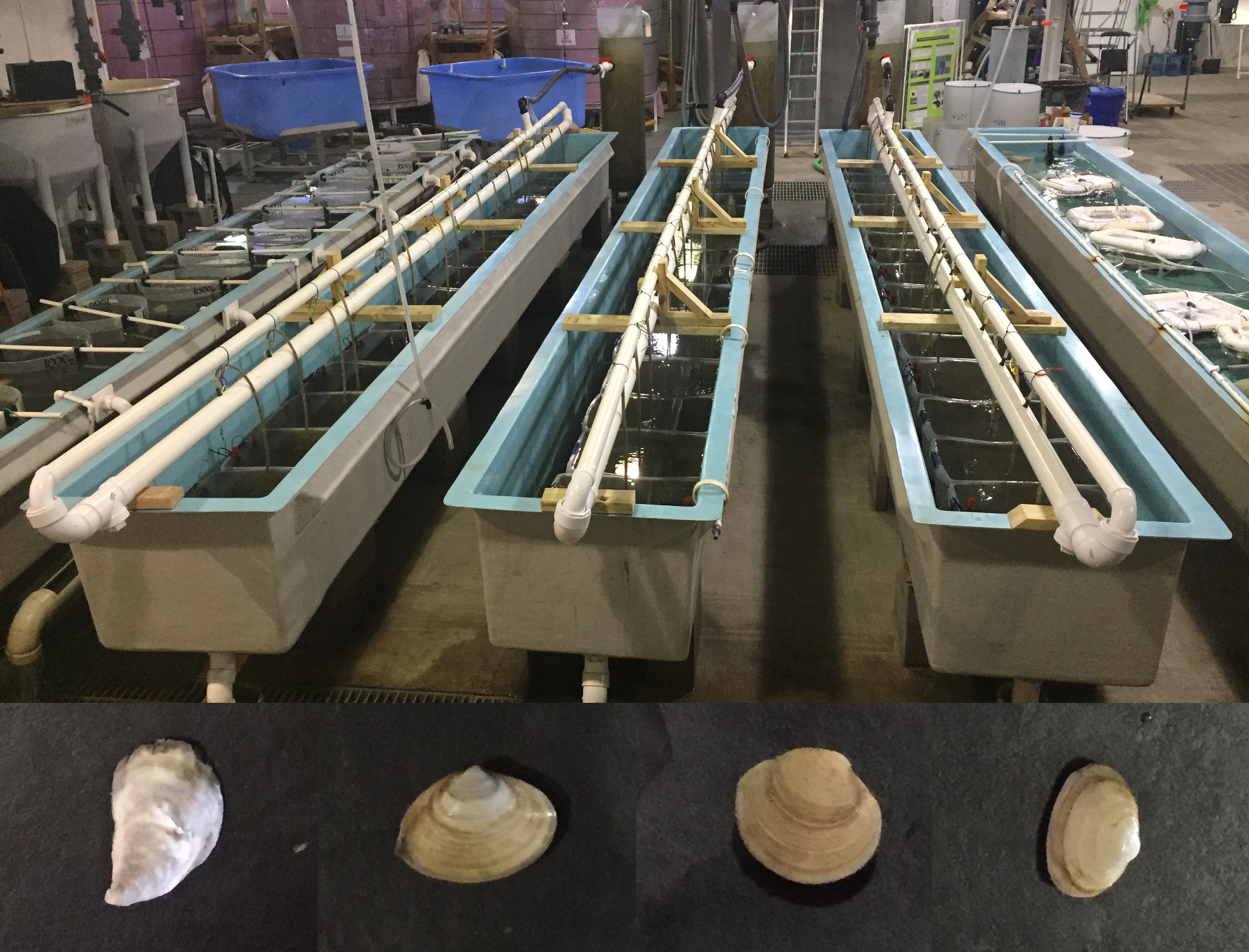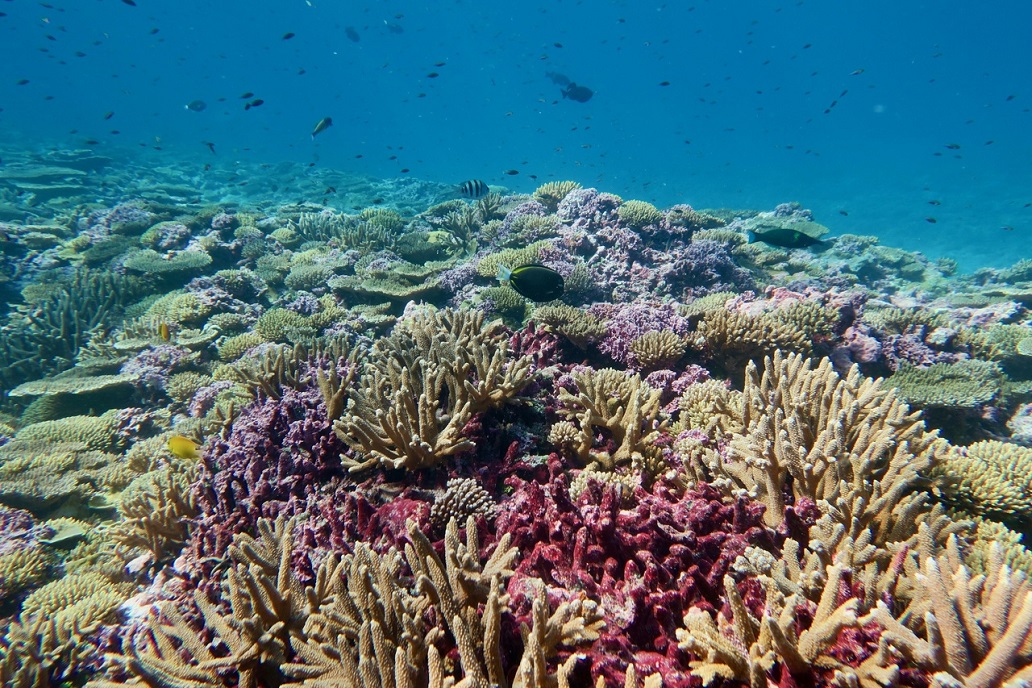The Food and Drug Administration says shellfish from a number of states could be contaminated with toxins that cause paralytic shellfish poisoning. Paralytic shellfish poisoning is caused by eating shellfish contaminated with saxitoxin which causes gastrointestinal distress. According to the…
Tag: Oysters
An ecosystem roadmap: Apalachicola Bay System Initiative Community Advisory Board’s recommendations provide guide to sustainable fishery
Through the work of Florida State University’s Coastal & Marine Laboratory and the Apalachicola Bay System Initiative, there is a plan to help restore one of the country’s great fisheries.
During Virginia Oyster month in November–and all year long–Virginia Tech seafood researchers help oyster farmers adapt to water quality issues
Over the last three decades, Maryland and Virginia have suffered more than $4 billion in cumulative annual losses because of the decline of industries related to oyster harvesting. Likewise, harvests have fallen to less than one percent of historic levels. As Virginia…

Crunch! Underwater Acoustics Expose ‘Shell-crushing’ Sounds in a Large Marine Predator
“Shell-crushing,” an explosive sound, occurs when marine animals crack open hard shells like clams to eat the edible tissue. There hasn’t been any data to support this feeding noise, until now. A study is the first to quantify these sounds using underwater acoustics in a marine animal in a controlled setting. Scientists know what type of shell a ray is eating based on the sound it makes and show it’s audible above ambient noise in lagoons out to 100 meters.
Rutgers-Led Project Will Buy 76,000 Oysters From Farmers Struggling During COVID-19 Pandemic
New Brunswick, N.J. (Sept. 10, 2020) – A Rutgers-led project will buy 76,000 oysters from New Jersey oyster farmers who are struggling to sell the shellfish following the shutdown of restaurants and indoor dining as a result of the COVID-19…

Oyster Farming and Shorebirds Likely Can Coexist
Oyster farming as currently practiced along the Delaware Bayshore does not significantly impact four shorebirds, including the federally threatened red knot, which migrates thousands of miles from Chile annually, according to a Rutgers-led study. The findings, published in the journal Ecosphere, likely apply to other areas around the country including the West Coast and Gulf Coast, where oyster aquaculture is expanding, according to Rutgers experts who say the study can play a key role in identifying and resolving potential conflict between the oyster aquaculture industry and red knot conservation groups.

Oysters and Clams Can be Farmed Together
Eastern oysters and three species of clams can be farmed together and flourish, potentially boosting profits of shellfish growers, according to a Rutgers University–New Brunswick study. Though diverse groups of species often outperform single-species groups, most bivalve farms in the United States and around the world grow their crops as monocultures, notes the study in the journal Marine Ecology Progress Series.

Global Cooling After Nuclear War Would Harm Ocean Life
A nuclear war that cooled Earth could worsen the impact of ocean acidification on corals, clams, oysters and other marine life with shells or skeletons, according to the first study of its kind.